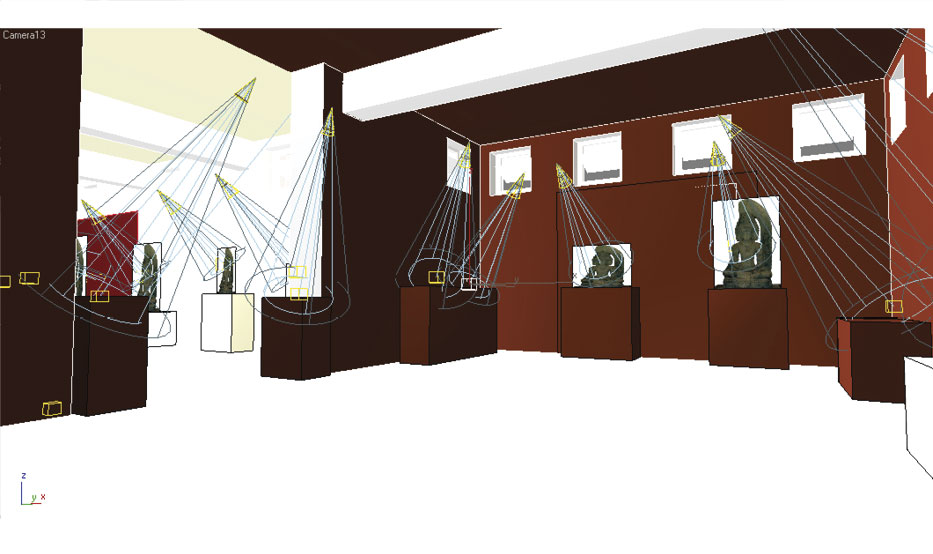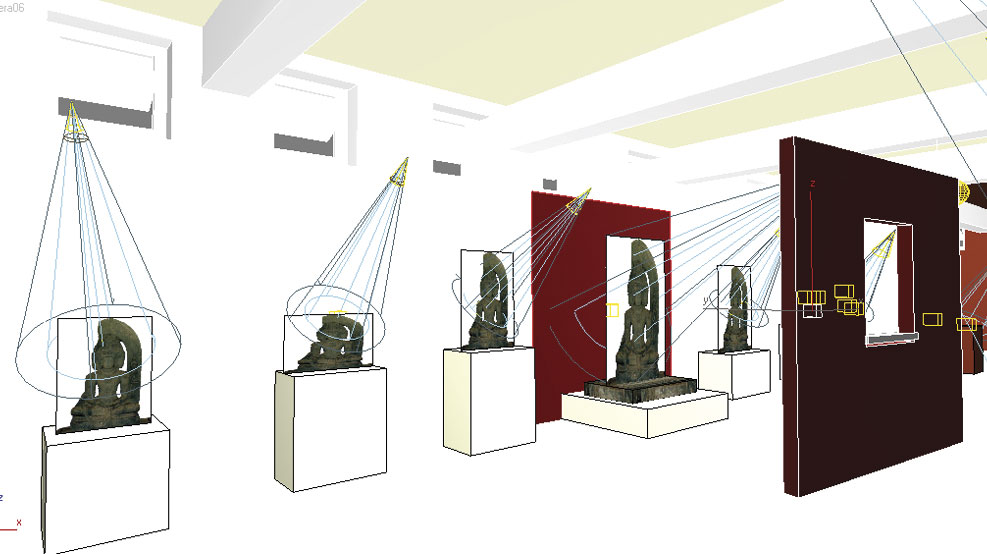ASI (Archaeological Survey of India) site museum at Balligave was our first engagement in Karnataka that began our journey into the heritage of Karnataka. Museum’s design and research led us to research and explore more of of Karnataka’s history, that continues even now.
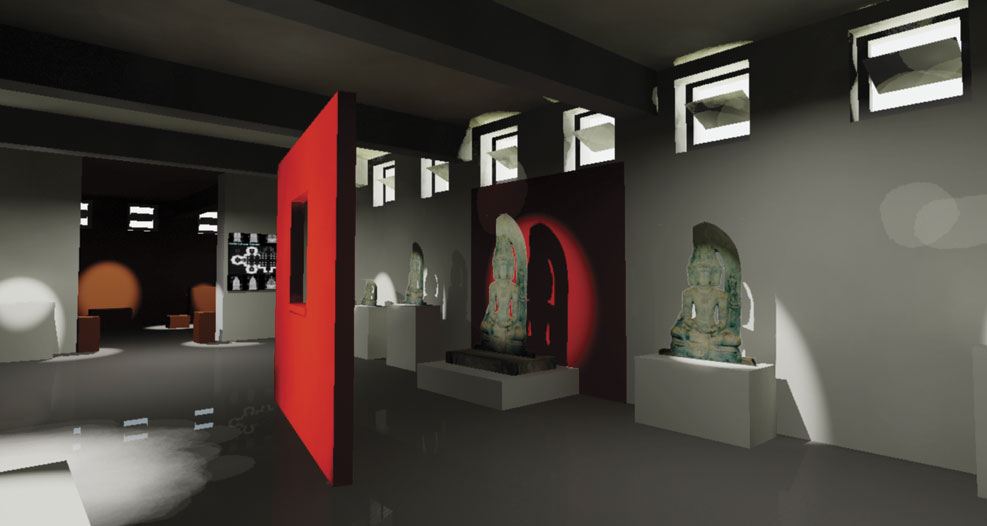
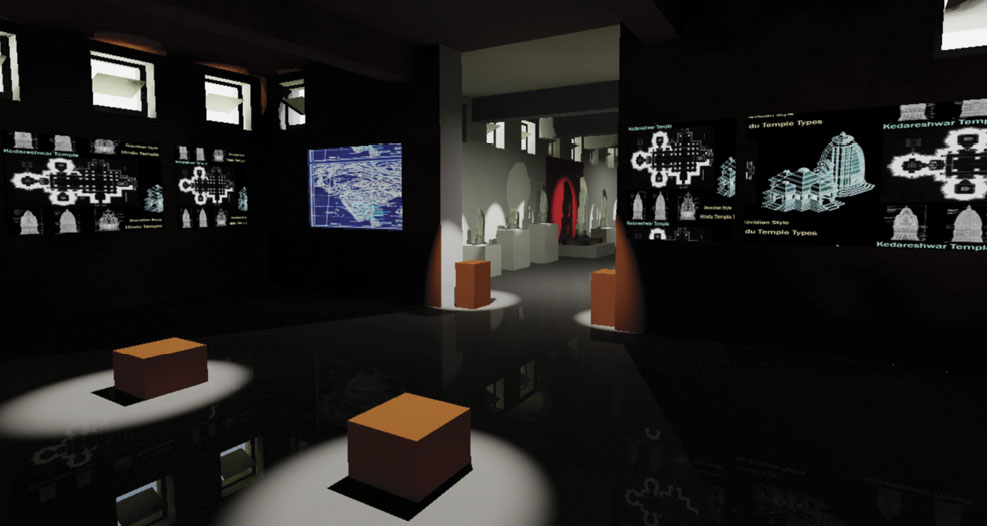
The Design | ASI site museum
Spatial planning of the site museum | Themes, topics and layout
The first step was to document and understand the list of objects – the sculptures and artefacts displayed, installed and stored at the “site shed” of the ASI (Archaeological Survey of India). Themes and history of Balligave site was introduced by ASI archaeologist, but a lot remained to be researched and detailed. We collaborated with a local research scholar from Mysore, travelled with him, to identify the inscriptions, dig out historical references and related stories. These were tied into a meaningful experience, that formed the visitor flow and the arrangement of the collection.
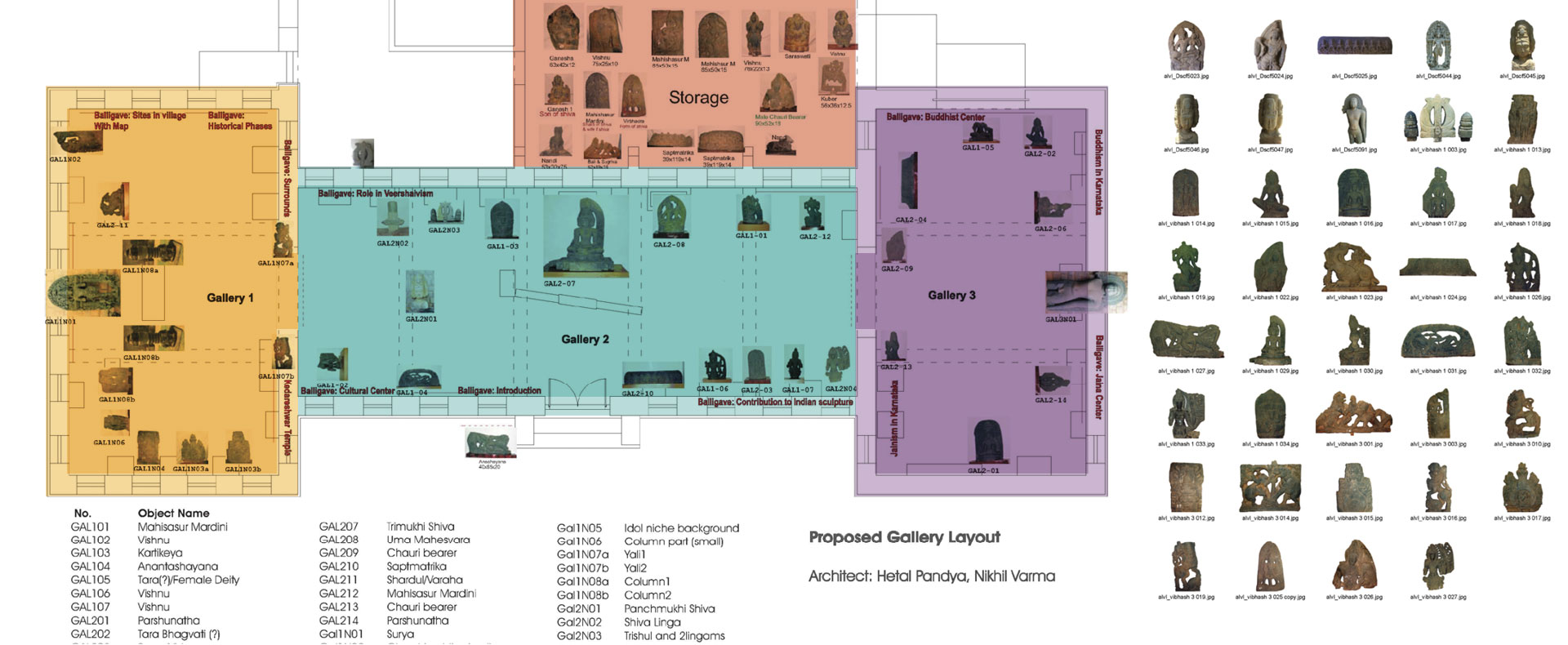
The visitor flow and Themes
Visitor flow considered left-ish tendency of Indian visitors, and also cater to the artefacts installed outside the building.

The elements of design
With focus on the main large sculpture, a nudge-wall was designed to usher the visitor to move leftwards and experience the story of Balligave in sequence and themes as we had arranged.
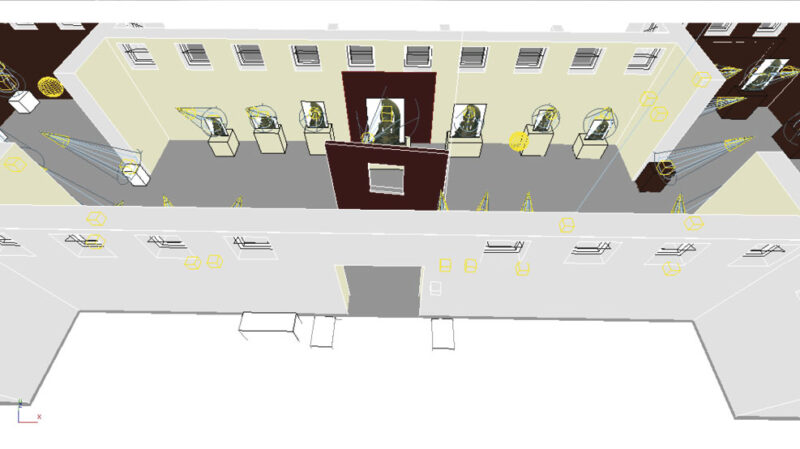



To provide contrast between spaces and themes, and to help appreciate sculptures better, the side galleries were made dark with focus lights and translite info panels. Dedicated spot lights for each object were planned to enhance their sculptural details.

